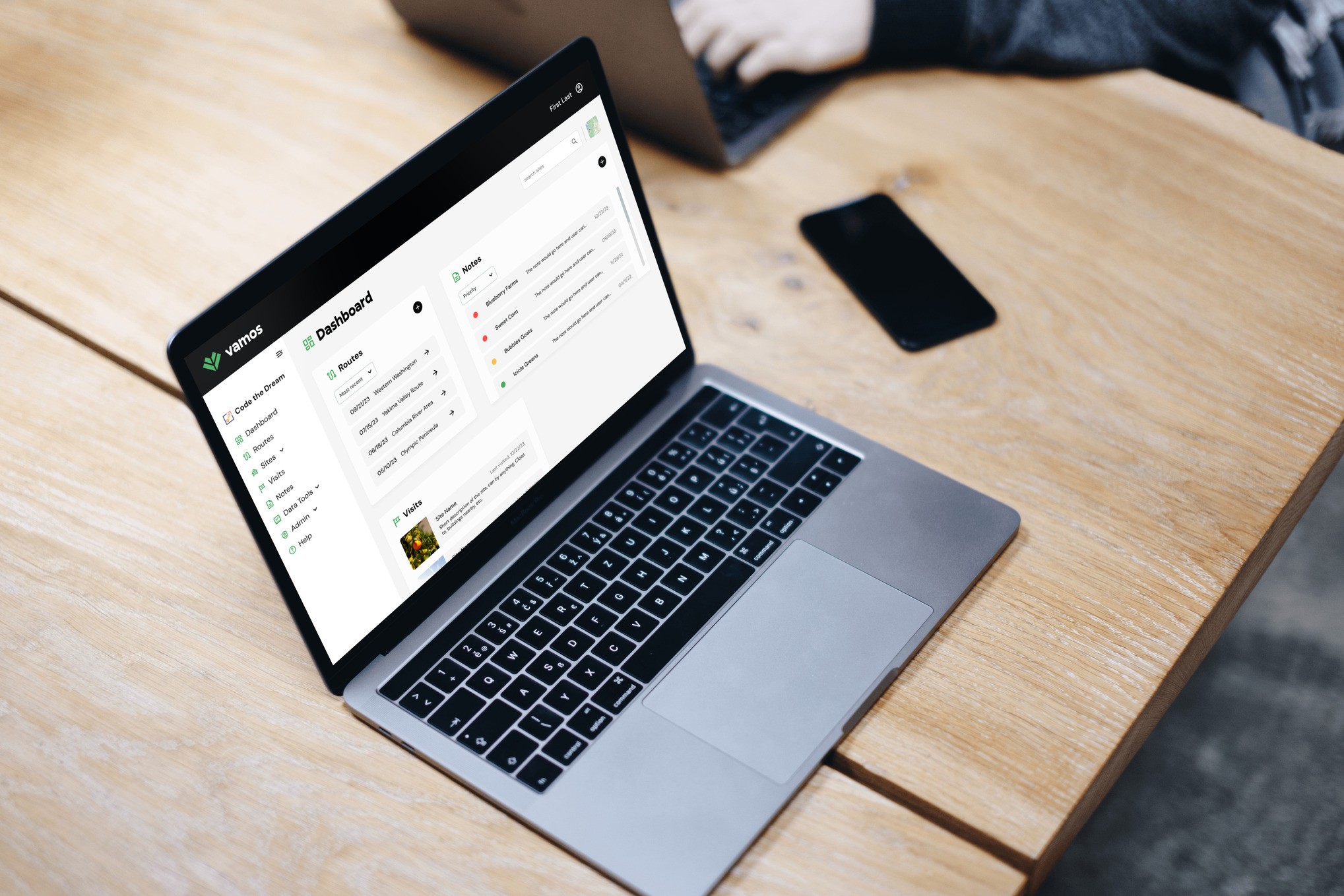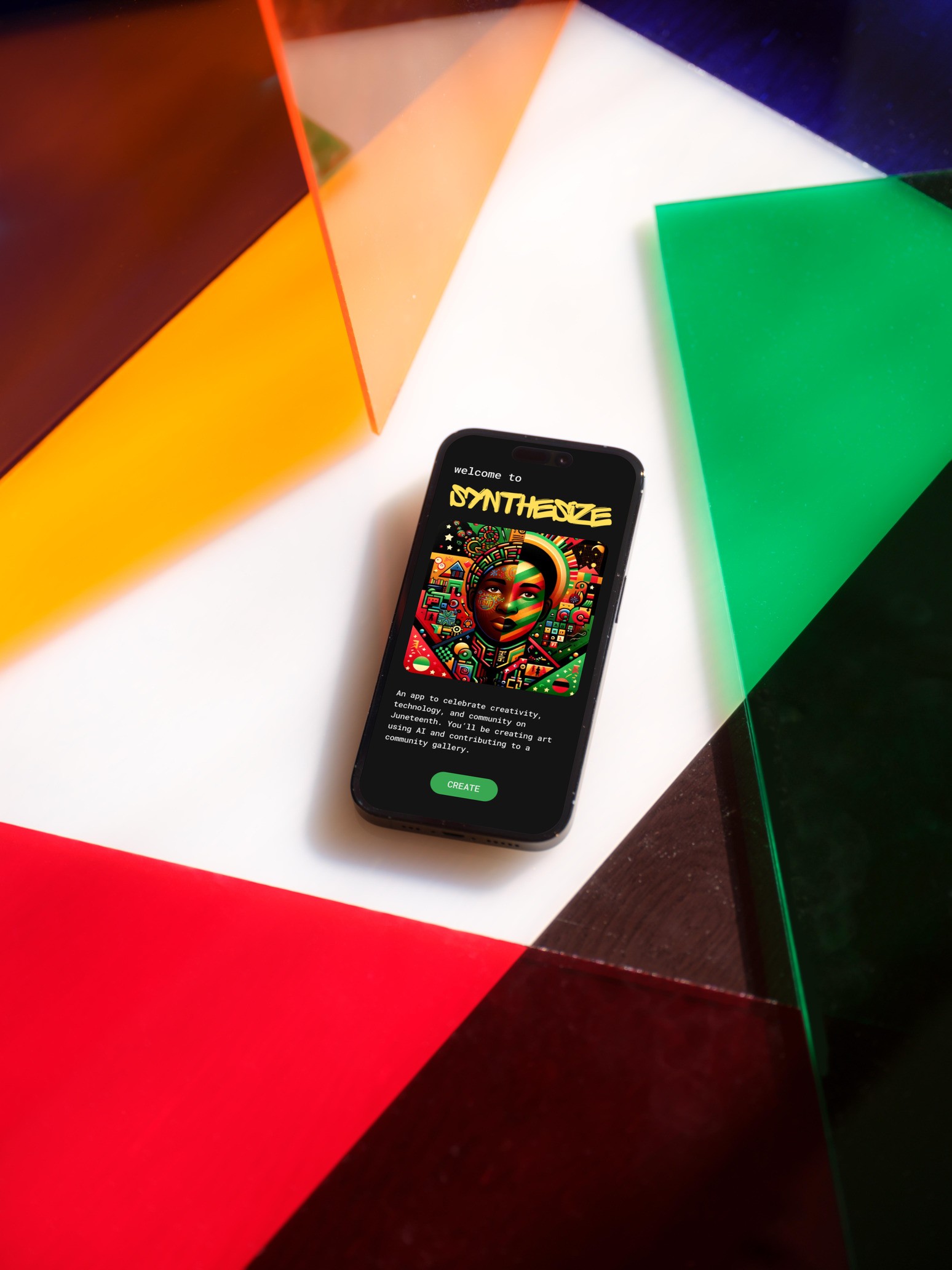Enterprise
Year
March 2024 - Present
Client
Tecolote Research
Role
Product Designer
Team
5 stakeholders, 2 project managers, 1 designer, 4 developers
Results
Currently in development. We hope the new design will help users make reports much faster and save time when analyzing data. We also expect more people to finish the training in one try and ask for help less often.
Overview
Note: This project is under a Non-Disclosure Agreement (NDA). To respect client confidentiality, I can't share specific designs or mockups that aren't already public. The information presented here is a general overview of the process and outcomes.
The Unmanned Space Vehicle Cost Model (USCM) is a web-based cost estimation tool for government agencies and aerospace companies planning unmanned space projects. It uses historical data to forecast expenses, enabling users to search information, generate custom reports, and analyze costs. This comprehensive approach streamlines contract planning for USCM programs throughout their lifecycle.
Challenge
Improve the Data Protection Training Module, an interactive security training module, to improve user engagement, information retention, and emphasize the importance of data security. Why? The current UI was very confusing - there was a lack of progress status, accessibility, and repetitive content.
Redesign the work breakdown structure (WBS) navigation and filtering system to simplify the creation of custom reports. Why? Training new users on how to use the broken user flow wasn’t ideal. The goal is for users to generate a report and quickly move on to their analysis without asking the team too many questions.
Process
Knowledge Acquisition - Within my first month, I dove into understanding USCM's ecosystem - connecting with team members, stakeholders, and developers while gathering insights about our users, business objectives, and technical challenges. Like filling out a friendship book in middle school, I enjoyed uncovering everyone's knowledge and perspectives - from their current pain points to their five-year vision for the product.
UX Audit - I documented the existing website through comprehensive screen captures while analyzing user interactions and core functionality. Throughout ongoing discovery sessions, I collaborated with the team to deepen my understanding of the system.
User Research - I interviewed 6 users (across multiple domain expertise and time zones) and learned about their roles, how they used the website, their pain points, and feature requests. I presented my findings to the team with proposed solutions.

(FigJam of User Interview Synthesis )
Setting up Figma - I organized the USCM design file so that stakeholders, PMs, and devs can pop in there and know where I am with the designs, view the new design system (style guide and components), and a playground page where I sometimes prototype outside-the-box ideas when I get designer’s block.
Wireframing and Prototyping - I presented designs and gathered feedback during our biweekly team meetings, which served as our primary collaboration sessions. Through multiple iterations, I explored various UI design elements and patterns, deepening my understanding of prototyping techniques and use cases. Once the team reached consensus, our developers began bringing the designs to life. It wasn't smooth sailing though! I had to go back to the drawing board a few times. But success finally emerged through a process of preserving effective elements while thoughtfully incorporating new solutions.
User Testing - I conducted user testing with the initial six users throughout the iteration process. Their valuable insights helped refine and optimize the user flows.
Iteration and Development - While the development team implements the redesign, I continue to improve our Figma documentation and refine the design system.
Conclusion
Simplified the data training protection module and custom reporting interface without having the development team change much on the backend
Implemented a design system that ensures consistency and facilitates future feature additions
Built good relationships with users with feedback sessions and updates
Established a strong foundation with the team for ongoing improvements

(WBS Preview Screen)

(Dashboard in Light Mode)
More Projects




